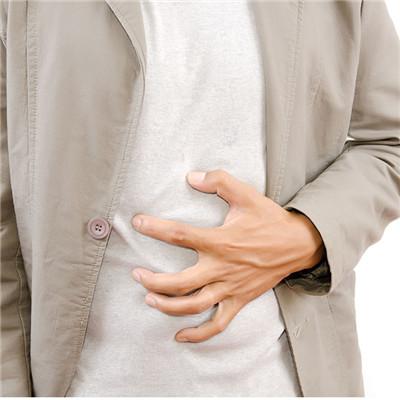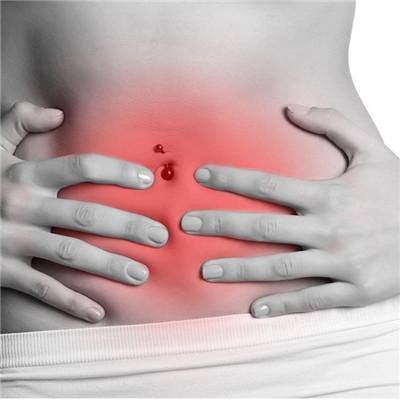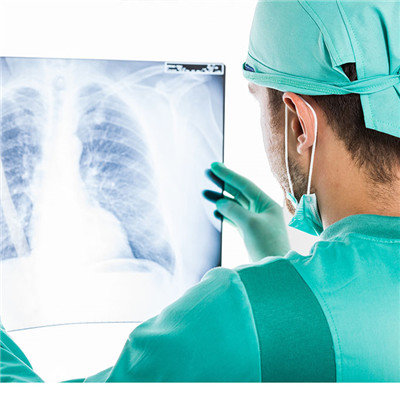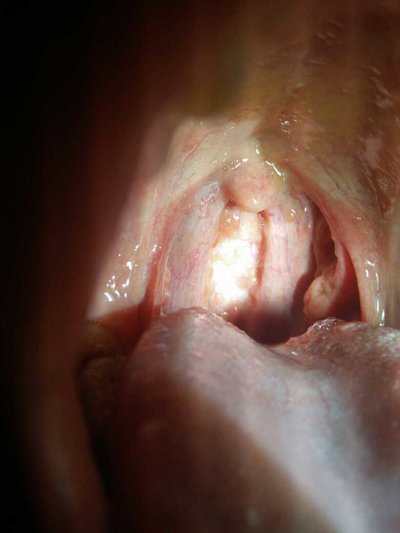Clinical manifestations of Hirschsprung's disease?
summary
Hirschsprung's disease is undoubtedly a kind of malformation. Neonatal Hirschsprung's disease, also known as intestinal agangliosis, is a common congenital intestinal malformation in children, which is caused by the continuous spasm of the rectum or the distal colon and the proximal colon with fecal congestion. What are the symptoms of Hirschsprung's disease.
Clinical manifestations of Hirschsprung's disease?
Delayed fecal excretion: 90% of cases had no fecal excretion or only a few fecal excretion at birth. After the feces were discharged, the symptoms were relieved, and constipation recurred several days later.

Abdominal distension: 80% of cases showed full abdominal distension, severe abdominal distension cases, abdominal intestinal shape. Anal examination: Anal digital examination can find spasm of internal rectal sphincter and empty ampulla of rectum.

Vomiting: vomiting and abdominal distension occurred in 60% of cases. The more severe constipation, the more frequent vomiting. * complication: neonatal Hirschsprung's disease complicated with colitis. Intestinal perforation is the most serious complication. The colon is often retained in the colon for a long time, resulting in massive feces, poor bowel circulation and bacteria. In addition, the neonatal intestinal wall is thin, the pressure in the intestinal cavity is increased, and the part with the greatest pressure is easy to cause perforation.

matters needing attention
(1) Early performance for low acute intestinal obstruction symptoms, after the birth of the sick child, there is a history of delayed fecal discharge, abdominal distension, vomiting, anal examination or enema can only be discharged feces, and symptoms relieved. Later, abdominal distension and constipation should be considered( 2) X-ray examination: abdominal plain film in upright position and barium enema examination showed that the intestinal cavity was generally flatulent, with fluid level and dilated intestinal loop. Barium enema showed that the colonic wall of the spasmodic segment disappeared in the form of a pouch, and became flat without peristalsis. The rectum and the distal part of sigmoid colon were narrow and thin, and the proximal part of sigmoid colon and descending colon were dilated obviously. After 24 hours, barium remained.












